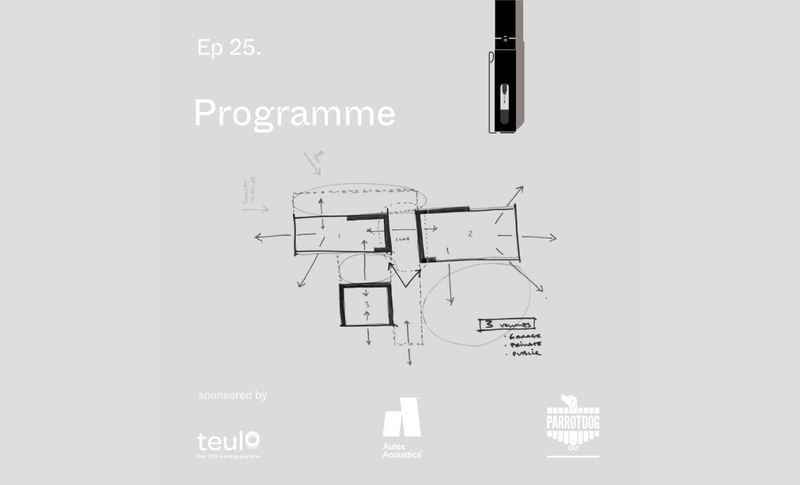This episode begins with a seemingly simple question: what exactly is program in architecture? We explore how program operates simultaneously at multiple scales—a house within a street, a road within a city—creating nested relationships that influence design decisions. Through examples like OMA's Seattle Library with its stacked functional boxes unified by a faceted glass facade, we see perhaps the most literal translation of program to architectural form.
The conversation weaves through bubble diagrams (an early design tool), form following function (or is it the other way around?), and experimental approaches that challenge conventional spatial definitions. Gerard shares several fascinating concepts including his "advent calendar house" where floor hatches reveal different functional spaces beneath. We discuss how regulatory constraints and client expectations often limit such experimentation, particularly in residential contexts, while highlighting how program innovation frequently emerges most powerfully in constrained circumstances like tiny houses.
What makes this exploration particularly valuable is recognizing that program isn't just a technical exercise but a powerful design driver. By thinking creatively about how spaces function, relate, and transform, architects can create more compelling environments without relying solely on expensive materials or dramatic forms. Whether you're designing your own space or simply curious about how buildings work, understanding program reveals architecture's deeper purpose: creating meaningful human experiences through thoughtful spatial relationships.
Key Outcomes:
- Expanded Understanding of Program
- Challenging the Form–Function Binary
- Innovation Through Constraint

